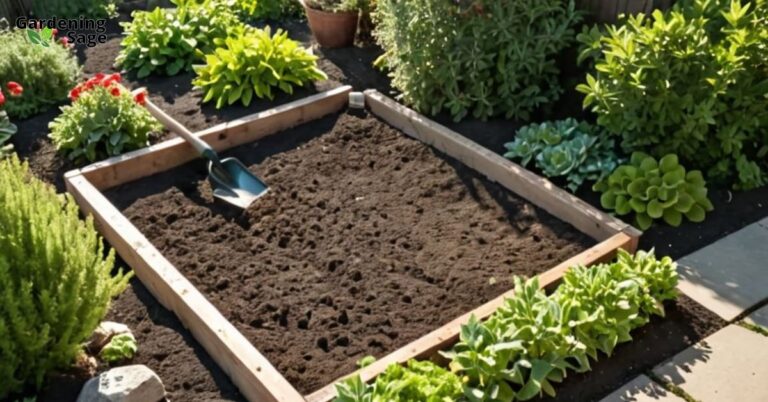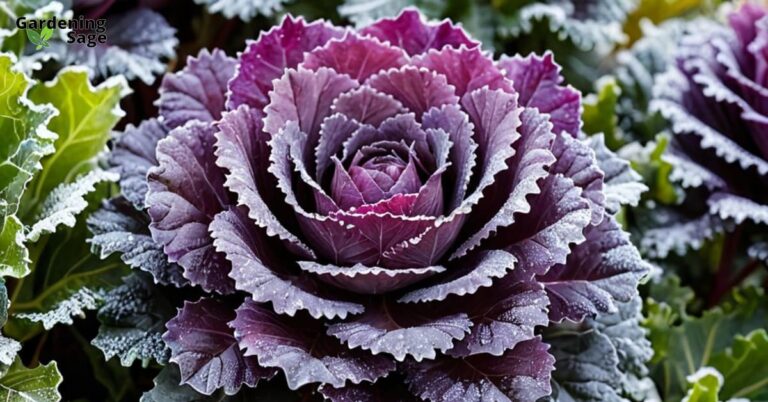Embarking on Your Flower Garden Journey: Navigating the Essentials
Whether you’re an avid gardener looking to expand your floral landscape or a beginner seeking to cultivate your first flower patch, creating a vibrant, colorful flower garden can be an immensely rewarding endeavor. With the right approach and essential know-how, you’ll be on your way to a gorgeous, blossoming oasis in no time.
Selecting the Ideal Site
When planning your flower garden, one of the most crucial steps is choosing an optimal location. Be sure to pick a spot that receives ample sunlight – at least 6 hours of direct sun daily is ideal. This is because most flowering plants need a generous amount of sunlight to thrive and produce the best blooms. Proper drainage is also key, so avoid low-lying areas that are prone to collecting water, as standing water can lead to root rot and other plant diseases.
For convenience, situate your flower garden close to a water source for easy irrigation. This will save you time and effort in the long run, especially during the hot summer months when plants need more frequent watering. If deer or other wildlife are a concern in your area, consider visibility from your home to help deter critiles from nibbling your floral bounty. A clear line of sight from your windows or patio can help you keep an eye on any unwelcome visitors.
Preparing the Soil
Incorporating organic compost or manure into your garden soil provides an excellent nutrient boost for blooming flowers. Before planting, remove any weeds and use a garden tiller or shovel to loosen the earth to a depth of 12-15 inches. This allows for healthy root establishment and gives your flowers the best start possible.
Test the pH level of your garden soil as well. Most flowers thrive best with a slightly acidic pH between 6.0-6.5. If you find that your soil is too acidic, you can add lime to raise the pH. Conversely, if your soil is too alkaline, sulfur can be used to lower the pH. Adjusting the soil pH to the optimal range ensures that your flowers can absorb the nutrients they need from the soil.
Picking the Perfect Flowers
When selecting flowers, opt for a diverse blend of annuals and perennials to ensure continuous blooms throughout the seasons. Some classic annuals like zinnias, cosmos, and snapdragons are easy-care, heat-tolerant, and flower prolifically in a rainbow of colors. These plants can fill your garden with vibrant hues and are perfect for cutting gardens as well.
For perennial flowers, core favorites include peonies, irises, and daylilies which emerge faithfully each spring. These perennials offer a variety of textures and colors and can serve as the backbone of your garden. Also consider pollinator-friendly picks like bee balm, coneflowers, and lavender to attract butterflies and hummingbirds. These plants not only add beauty to your garden but also support local ecosystems and biodiversity.
Planting with Purpose
To create visual interest, mass groupings of the same flower variety together in “drifts” of color rather than spacing plants evenly apart. This technique creates a more natural and impactful display. Use taller flowers like sunflowers or gladiolus to provide height and structure to your garden while filling in with lower-growing blooms around their base for a layered effect.
For easy maintenance, opt for perennials with similar cultural needs and watering requirements within the same bed. This will simplify your gardening routine and ensure that all plants receive the care they need. Position annuals separately for easier access to tend to their more demanding care, as they often require more frequent deadheading and fertilization.
Ongoing Care and Maintenance
Consistent watering is crucial, so aim to provide 1-2 inches per week by rainfall or irrigation. Deep soakings encourage deep root growth, which is essential for plant health and drought resistance. Use mulch around plants to retain moisture, regulate soil temperature, and suppress weeds. Organic mulches, such as straw or bark chips, also add nutrients to the soil as they decompose.
Deadhead spent blooms frequently to promote more flowering. This practice not only keeps your garden looking tidy but also encourages plants to produce new blooms. Fertilize plants with a balanced flower fertilizer every 4-6 weeks during the growing season for continual blossoms. A slow-release fertilizer can be particularly effective, providing a steady supply of nutrients over time.
Lastly, be vigilant about pest and disease control. Regularly inspect your plants for signs of trouble and take action promptly. Natural remedies, such as neem oil or insecticidal soap, can be effective for managing pests without harming beneficial insects. For diseases, proper spacing and air circulation can prevent many common issues, and fungicides can be used when necessary.
With these tips and a bit of dedication, your flower garden will not only be a source of beauty but also a haven for you to enjoy and take pride in. Happy gardening!














